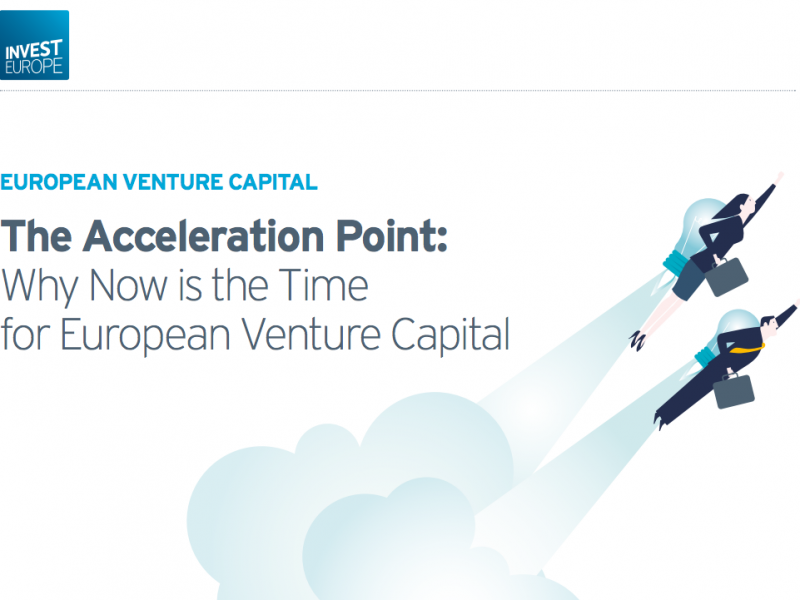Hövding: invisible bike helmet – nothing is impossible
Last week, we have interviewed Anna Haupt: co-inventor of Hövding – the invisible bicycle helmet. We talked about the development process, origins of the idea and the obstacles on its way to become a real product.
Black Pearls: How did the idea of the invisible helmet come up? Did it come from your own experience?
Anna Haupt: It has started as a master thesis during our studies of Industrial Design at the University of Lund. At that time there was a law introduced in Sweden making it mandatory for children to use bicycle helmets and then a big debate started whether this law should include adults as well.
We wanted to see, if we could improve the convention of helmets and redesign it in such a way that we would get rid of the problem that people don’t want to use them. The point was to design a helmet that would make people start using head protection voluntarily instead of the law enforcing it.
Most people know that you can get really injured while bicycling without head protection. Nevertheless, not everyone is using conventional helmets and that was very challenging to us to see if we could solve it.
That’s why we decided to make a new bicycle helmet. At the beginning, we didn’t know what kind of bicycle helmet we were going to design so we made a questionnaire asking people in the neighbouring cities why they don’t use bicycle helmets. Their response was mainly as follows: they wanted something invisible that wouldn’t destroy their hair and that would be very discreet.
BP: When was it and how many people did you ask?
AH: It was in 2005. We started from asking a hundred people in the streets and since then we made new questionnaires with a thousand people that have shown the same results.
BP: How long did the period of research and development of the idea take? What was the biggest obstacle you had to overcome?
AH: Everything was hard because of the nature of what we tried to do. People told us that it was impossible. Moreover, we couldn’t get help from anyone because what we tried to do was so different from everything else on the market. We needed to do everything by ourselves: find and employ the right people with the right expertise. We had to research and develop in-house together with few partners. To sum up, I would say that developing the algorithm, developing the airbag and raising venture capital were the biggest obstacles over these years.
BP: Can you pinpoint a decisive moment in the development of the project, or set of events, which had a great impact on it?
AH: If I need to choose I would say that obtaining the CE certification was one of our biggest milestones.
BP: Was it easy to find enthusiasts of your project, which were helpful in the process of development and commercialization?
AH: I would say both – yes and no. Everyone was very positive because bicycling is really popular in the world. Most people use bicycle from time to time. Everyone knows about the risks in the traffic and knows the problems with conventional helmets. So we found a solution to overcome this problem by proposing a bicycle helmet that was actually going to be “invisible” and inflate around your head in need. We felt, that was really rocket science, you know… people got impressed and thought “Oh, why didn’t I come up with this idea” and so on. In general, people were really impressed but when it comes to venture capitalists – they are much more skeptical. They are not interested in joining venture anymore. I would say, most of them want to make investment as safe as possible. We had to meet a lot of investors in order to find the right ones.
BP: Do you think that this technology can be developed in some different direction for now?
AH: Of course. We have been contacted by people with epilepsy, horseback riders, skiers and motorcyclists. There are a lot of possibilities for the future but we are totally focused on the bicycle market right now.
BP: Do you consider selling the technology or rather developing your own products?
AH: Our company is having its own soul so we would never sell the technology because we treat the company as a whole: with the brand, knowledge and our future plans.
BP: Aren’t you afraid that someone (for example a Chinese producer) could copy your product and sell it cheaper than the actual price is?
AH: Of course, it may happen but fortunately it’s really hard to copy this product. Potential competitor would need to develop the algorithm by itself. They would also have to make a database that we have created with thousands and thousands of bicycle accidents reenacted with real people. It’s all very expensive.
What’s more, if you want to introduce an airbag helmet to the European market you need to fulfill the same safety standards as we have, in order to get the CE certification. You will never get it for a less safe product.
BP: Thank you very much for your time. We wish you further successes in the future.
AH: That was a pleasure. Thank you.
“Hövding – Airbag for cyclists”

